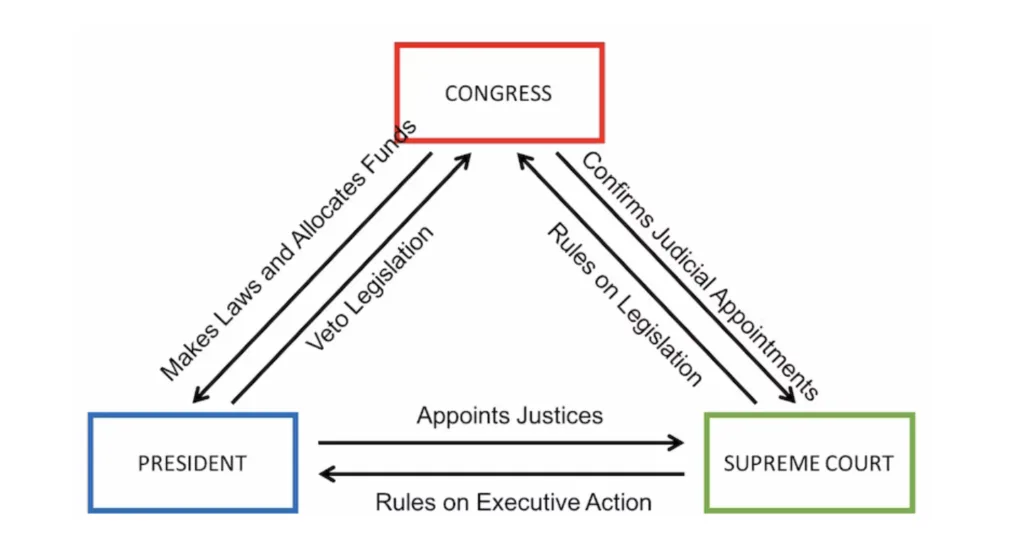How to Evaluate Your Retail SEO Program
Measuring the success of your retail SEO efforts requires tracking a combination of metrics that align with your business goals.

Maintaining a lead in the fast-paced retail market calls for more than just providing excellent customer service and stocking quality goods. Having a strong online presence is more critical than ever since e-commerce has grown. Making sure your company is easily discovered by possible consumers depends mostly on search engine optimization (SEO), but how can you assess the effectiveness of your retail SEO initiatives?
In a retail environment, assessing the effectiveness of SEO can be challenging since several variables have to be taken into account and several measures to evaluate. Since SEO is a long-term plan, knowing how well your initiatives are performing calls for combining data points and matching them with your company goals. We will explore in this post the main metrics you should monitor and how to evaluate the success of your retail SEO initiatives.
Recognizing Retail SEO
First of all, let us define what retail SEO is before we explore measuring success. Retail SEO is the process of improving an online store or e-commerce website to raise its search engine result page (SERP) visibility. Aimed at enhancing natural search results and increasing traffic to your website, this process comprises several tactics including keyword optimization, content creation, technical SEO, and link-building initiatives.
In retail, SEO can make sure your products show up to consumers actively looking for them. It also significantly helps to enhance the general user experience, facilitating customer product discovery and purchase ease. Tracking several performance indicators will help you ascertain whether your retail SEO initiatives are producing actual business results, so evaluate the success of these improvements.
1. Natural Traffic Increase
Examining the increase in natural traffic is one of the easiest approaches to gauge the effectiveness of your retail SEO. Visitors who arrive at your website via unpaid search engine results are known as organic traffic. Your website will draw more possible users if it shows higher in the search results for pertinent keywords.
Because it shows whether your SEO efforts are increasing website visitors, tracking organic traffic is vital. Tools like Google Analytics allow you to monitor the number of natural visits, the pages visited, and user stays on your website.
To measure success, focus on:
- Overall Organic Traffic: A steady increase in organic traffic over time suggests that your retail SEO strategies are effective in improving visibility and attracting more customers.
Traffic by Keyword: Analyze the traffic that comes from specific keywords. This will enable you to identify the keywords driving traffic to your website and performing effectively. If some product categories or particular items are performing well, it could mean your SEO techniques are in line. - Landing Pages: Look at which pages are receiving the most organic traffic. Are traffic sources on your blog entries, category pages, or product pages? A good indication of effective SEO is more visits to your product pages.
2. Keyword Orderings
Another important statistic to monitor while evaluating retail SEO performance is keyword ranks. Traffic and sales can be greatly impacted by your website's position on search engine results pages (SERRs) for particular keywords. Track ranks for both more specialized, long-tail keywords (like "best-running shoes for flat feet") and broad keywords (like "shoes for men") for retail SEO.
Monitoring keyword results lets you know how effectively your site performs for specific search terms. Over time, SEO tools including Google Search Console, Ahrefs, or SEMrush can enable you to track keyword ranks.
Important areas of observation include:
- Ranking Position: Users will probably click on your link more often the higher your website ranks for a target keyword. Perfect is to be on the first page of Google; the closer you are to the top, the better.
- Keyword Visibility: Track how often your website appears in the search results for various keywords. One way to gauge how generally successful your SEO plan is visibility. Targeting competitive retail keywords and regularly raising your visibility points to success.
- Keyword Changes: Monitor any fluctuations in keyword rankings. A keyword moving up in position indicates that your SEO efforts are paying off; a drop could point to the need for more optimization.
3. Sales Conversational Rate
Retail SEO aims ultimately not only to draw people to your website but also to convert those visitors into consumers. Thus, determining the effectiveness of your SEO initiatives depends critically on knowing the conversion rate. The percentage of guests who follow a desired action such as making a purchase, registering for an email list, or contacting your company is known as the conversion rate.
To measure success in terms of conversion rates, consider:
- E-commerce Conversion Rate: This metric measures how effectively your website converts visitors into paying customers. Your conversion rate will rise if your SEO initiatives are producing premium traffic that results in purchases. Should low conversion rates even with rising traffic, it could point to problems with the user experience or sales funnel of the website.
- Revenue from Organic Traffic: Analyzing revenue specifically from organic traffic can show how well your SEO efforts are translating into actual sales. Examine the income brought in by search engine visitors and then contrast it with other traffic sources, such as sponsored ads or direct visits.
- Bounce Rate: A high bounce rate (where visitors leave the site quickly after landing on a page) can indicate that your page isn’t delivering the value the user was expecting. This can indicate that your SEO plan requires work on-page content or user experience optimization.
4. User Involvement Measurements
Engagement statistics reveal how users of your site are interacting following search engine arrival. These indicators assist in determining whether users of your website find it to be pleasant. Important user engagement benchmarks comprise:
- Time on Site: A longer time spent on your site can indicate that users are finding your content valuable and engaging. Effective SEO is shown if guests are staying on product pages or reading materials including blogs or reviews.
- Pages per Session: This statistic displays the total number of pages users view in one session. More pages per session typically point to visitors exploring your website and looking at several products, so indicating interest and increasing their likelihood of conversion.
- Return Visits: If users come back to your website after their first visit, it indicates that your content or products are appealing. This is encouraging evidence that your efforts at SEO are creating brand loyalty.
5. Domain Authority and Backlinks
SEO depends much on backlinks links from other websites pointing to your online store. Search engines consider them as a vote of confidence, thus they can greatly affect your ranking. Tracking backlink count and quality will help you evaluate how well your off-page SEO initiatives are working.
Apart from backlinks, another important statistic is Domain Authority (DA), a score created by Moz that forecasts search engine ranking probability. Generally, improved search results follow from a higher DA.
To measure success in this area:
- Backlink Quantity and Quality: Track the number of backlinks your website is receiving. Your site will increase in ranking more likely the more premium websites link to you. Pay close attention to obtaining backlinks from pertinent trade websites or reliable sources.
- Domain Authority: If your DA is improving over time, it suggests that your website is gaining trust and authority, which can lead to better SEO performance.
6. Customer Acquisition Expense
SEO should eventually reduce your Customer Acquisition Costs (CAC), especially in light of efficient retail SEO solutions. These are the expenses connected to finding a new client through sales and marketing campaigns. Although SEO may take time to show results, once it does, with rather low continuous costs compared to paid advertising, it can be a cost-effective method of driving traffic and sales.
Monitoring CAC can help you understand how effectively your SEO plans are drawing top-notch clients without costly advertising campaigns.
Conclusion
Evaluating your retail SEO initiatives calls for tracking a mix of indicators fit for your company objectives. Focusing on organic traffic growth, keyword rankings, conversion rates, user engagement, backlinks, and customer acquisition expenses will help you to have a whole picture of the effectiveness of your SEO plan.
Working with professionals who provide Retail SEO services will also help you to improve your efforts by bringing in cutting-edge ideas and sector knowledge. Your retail company will flourish in the cutthroat online market with the correct strategy, ongoing observation, and optimization.
Digital Marketing Packages offer tailored solutions for businesses to enhance their online presence. These packages typically include SEO, social media management, content creation, email marketing, and PPC advertising. Designed for various budgets, they help businesses increase visibility, drive traffic, and generate leads through strategic, data-driven marketing efforts.
What's Your Reaction?




















